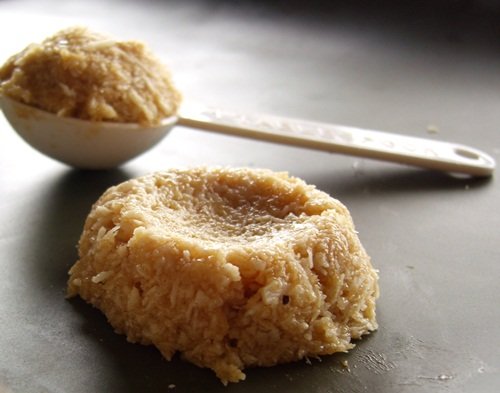This recipe makes marvelous gluten-free bread in just two hours. Slice and feast! Use baguettes for garlic bread, crostini, submarine sandwiches, baguette pizza and even French toast.
3 cups Gluten-Free, High-Protein Flour Blend
1 tablespoon cornmeal, more for dusting
2 teaspoons sugar
1 tablespoon xanthan gum
2 packages (4½ teaspoons) rapid yeast
¾ teaspoon salt
1¼ cups warm water
1 teaspoon cider vinegar
2 eggs, room temperature
3 tablespoons extra-virgin olive oil
Preheat oven to 375 degrees. Line a double baguette form with foil, extending foil up the sides by 2 inches. Lightly grease foil and sprinkle with cornmeal. Alternatively, make two baguette-shaped forms (each measuring 2 inches wide, 4 inches high, 14-16 inches long), using a double thickness of heavy-duty foil, dull side out; lightly grease and sprinkle each with gluten-free flour or cornmeal and place on a cookie sheet.Mix dry ingredients together in the bowl of a stand mixer.
In a separate bowl, whisk together the water, vinegar, eggs and oil. Add to dry ingredients.Using the beater or paddle of your mixer (not the whisk), beat mixture on low speed until well blended. Then turn the speed up and beat for 5 minutes on medium-high speed.With oiled hands or oiled plastic wrap, divide dough in half and shape into 2 baguettes. Place in prepared pan and cover with lightly greased plastic wrap. Let rise in a warm place for 20 to 30 minutes.Spritz dough with water. Place in preheated oven and bake for 30 minutes or until done. Bread is done when internal temperature reaches 200 degrees
High-Protein Flour BlendThis nutritious blend works best in baked goods that require elasticity, such as wraps and pie crusts.
1¼ cups bean flour (your choice), chickpea flour or soy flour
1 cup arrowroot starch, cornstarch or potato starch
1 cup tapioca starch/flour
1 cup white or brown rice flour
Each cup contains 588 calories, 3g total fat, 0g saturated fat, 0g trans fat, 0mg cholesterol, 128g carbohydrate, 24mg sodium, 6g fiber, 11g protein















